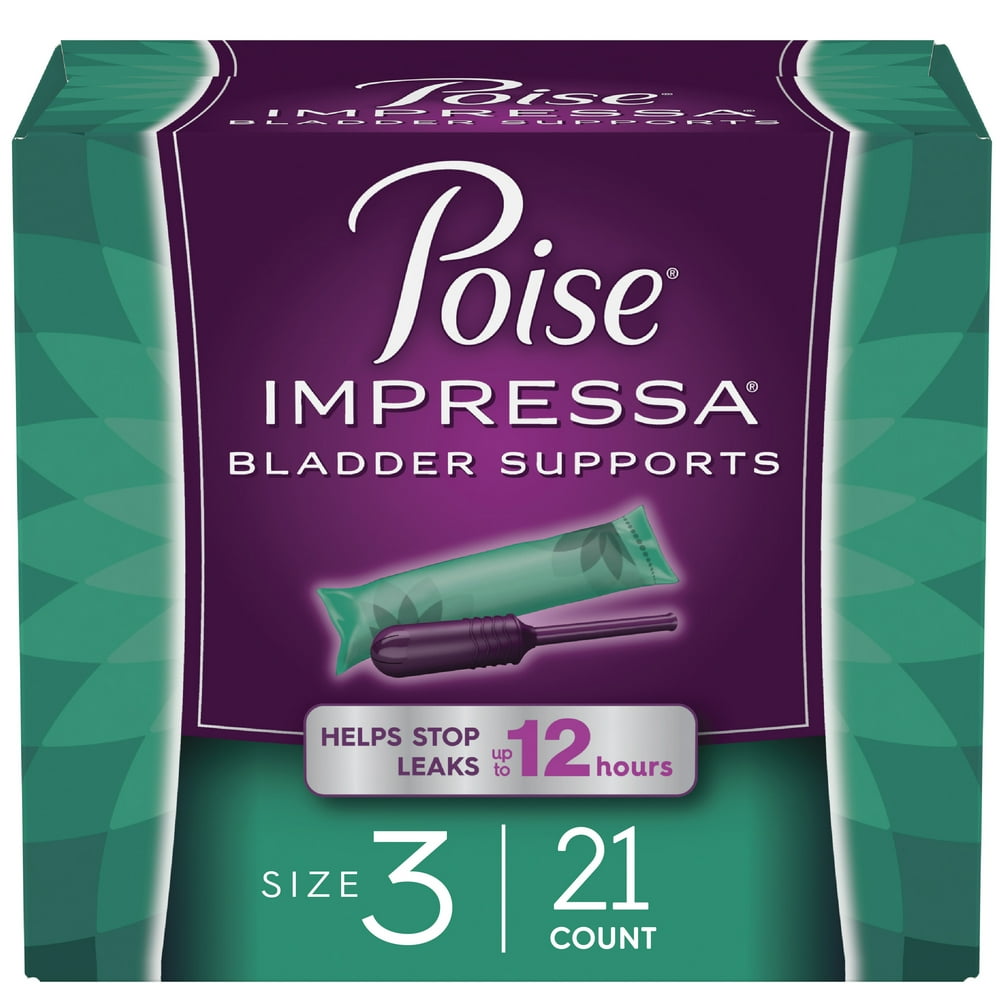
September 12, 2024
Postpartum Recovery Timeline: Healing After Birth


What To Anticipate After Anticipating: Stress And Anxiety Urinary System Incontinence
Nocturia- Your healthcare team will keep you and your birth partner informed and updated.
- Whenever postpartum urinary incontinence issues begin to develop, ladies ought to consider making a visit with a women pelvic wellness expert.
- The muscle mass around the bladder, digestive tract and womb can be exercised, toned and educated like any other muscular tissues in the body.
- Many recuperate their pre-labor feature, but for some the harmful effects can persist for years.
- The gorgeous phase generates a mix of joy and physical modifications.
Bowel Activity And Urination
Having intercourse too early increases the danger of uterine infection and postpartum haemorrhage. While inviting the new child can be really interesting, every pregnancy can bring unknown signs and symptoms. It also brings sudden changes in a mommy's body; it is always much better to stay ready. If you had a vaginal birth, sitting down can be awkward, especially if you have stitches. Your physician or midwife will encourage you on remedies, discomfort alleviation and care of the injury. In the typical bladder, the muscle remains unwinded while the bladder gradually fills. With urgency urinary incontinence, the muscle mass agreements too early and triggers need to urinate, occasionally enabling bladder leak. Labor and shipment may stretch, pressure or even tear the muscular tissues and the supporting tissues that hold the uterus, bladder and anus in their appropriate place. The nerves might likewise be stretched and injured, compromising the signals enabling muscular tissues to function effectively. The pelvic flooring muscles are most convenient to palpate at the 5 o'clock and 7 o'clock settings-- regarding despite where your legs fulfill your hips and approximately 3 to 4 centimeters over the genital opening. I desire every lady to recognize that no quantity of urinary incontinence requires to be endured. With multiple therapy choices offered, postpartum urinary system incontinence does not require to be a component of life after delivering.Will postpartum urinary incontinence disappear?
Exactly How To Do Kegel Workouts
Read about your pelvic floor, including your perineum, which exists across all-time low of your hips and can be damaged while pregnant and giving birth. Urinary system incontinence explains any accidental or involuntary loss of urine from the bladder. Urinary incontinence can vary in extent from a small leak to a total loss of bladder control. Thankfully, there are methods to enhance and even treat urinary system incontinence. It is normal to experience severe pains in the lower stomach for a couple of weeks after pregnancy. This is the phase when the uterus is going back to its previous state; hence, it is typical to feel this pain. If you keep feeling anxious or clinically depressed, see to it you get specialist guidance and the assistance that you require. Postnatal anxiety is common and treatable with the right assistance. Your breasts and nipples will be full and in some cases sore as the milk can be found in 3 to 6 days after your baby arrives. Your midwife will certainly reveal you just how to self-express to ease a few of the tenderness and motivate milk supply. Cramping is likewise a common sign as your womb contracts down to its regular size. Aches can be extra noticeable when your baby is breastfeeding. For some ladies this stress can cumulatively amount to many hours. Two nerves, called the pudendal and the pelvic nerves, push each side of the birth canal within the muscles that are straight under the child's head. Due to the fact that they are so near to the baby's head, these nerves are especially susceptible to the stress of labor. The pudendal and pelvic nerves lug the signals from the mind to the muscular tissues that hold the bladder and anus in position. If these nerves are harmed, the signals implied for the muscular tissues around the bladder, vaginal area, and rectum may not be sent effectively. The American University of Obstetricians and Gynecologists states to make postpartum care an ongoing procedure as opposed to a solitary go to after you deliver. Have contact with your medical care professional by phone or face to face within three weeks of delivery. Within 12 weeks of delivery, see your healthcare professional for a full check-up. People often don't see a medical care specialist up until 4 to 6 weeks after giving birth. As numerous as 40% of individuals do not have a visit with their health care group at all for an examination after giving birth. Not being able to check out a health care specialist and not having insurance policy to cover the expense are two reasons why that visit may not happen.Social Links